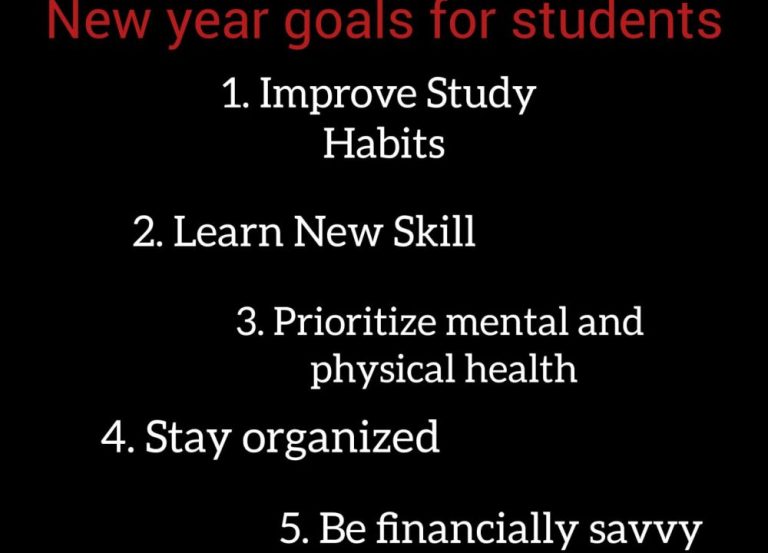
Difference Between Delayed Gratification and Instant Gratification

Imagine this: You set six goals for yourself—a mix of personal growth, career milestones, or fitness targets—about a year ago. Now, fast forward to today. Out of those six, you’ve only achieved two. You might be wondering why those other four still feel out of reach. The answer may lie in how you approached your goals—did you prioritize the short-term comfort of instant gratification, or did you embrace the long-term rewards of delayed gratification?
This simple distinction often determines whether goals remain as dreams or transform into reality. Delayed gratification involves resisting immediate temptations to achieve more significant, future rewards. Instant gratification, on the other hand, is the impulse to satisfy a craving or desire immediately, regardless of its long-term impact.
Let’s delve deeper into the difference between difference between delayed gratification and instant gratification and how understanding these concepts can empower you to make better decisions.
What is the Difference Between Instant Gratification and Delayed Gratification?
At its core, the difference lies in time and reward.
- Instant Gratification: This focuses on satisfying immediate needs or desires. Examples include eating that second slice of cake even when you’re full, binge-watching TV instead of finishing an assignment, or making impulse purchases that throw off your budget. It’s about seeking pleasure now without considering future consequences.
- Delayed Gratification: This is the ability to wait for a more substantial or meaningful reward. Think of saving money for a down payment on your dream home instead of splurging on the latest gadgets. It’s postponing smaller pleasures now for larger benefits later.
What is the Difference Between Immediate Gratification and Delayed Gratification in Sociology?
From a sociological perspective, the concepts go beyond personal decision-making to reflect cultural and societal values.
- Immediate Gratification in Sociology: Modern consumerism thrives on it. Advertisements and social media encourage people to “act now,” creating a culture of impatience. Think of a shop selling things online. The advert convinces you to shop immediately. Slogans such as ‘buy this today and get discounted’ are not new. This “want-it-now” mindset can lead to impulsive behaviors, increased debt, and decreased satisfaction over time.
- Delayed Gratification in Sociology: Societies that value delayed gratification often emphasize education, savings, and hard work. These principles contribute to long-term success and stability, fostering personal discipline and resilience.
Understanding these societal influences can help you become more aware of the subtle pressures that shape your habits.
What is the Difference between Postponed and Immediate Gratification?
Although similar, there’s a nuanced difference between postponed gratification and immediate gratification.
- Immediate Gratification: Centers on fulfilling a desire immediately, often leading to temporary satisfaction. For instance, skipping workouts to sleep in provides short-lived pleasure but may hinder long-term health goals.
- Postponed Gratification: Goes beyond just waiting. It involves strategic planning and active effort to prioritize future rewards. For instance, a student dedicating hours to study rather than hanging out with friends may secure a top-tier job later. Postponed gratification is intentional and goal-oriented.
What is an Example of Delayed Gratification?
One of the most famous examples of delayed gratification is the “Marshmallow Test,” a psychological experiment conducted in the 1970s. Children were offered a choice: eat one marshmallow now or wait 15 minutes and receive two marshmallows.
The study found that children who resisted the immediate temptation tended to achieve greater academic and personal success later in life.
In real life, delayed gratification might look like:
- Saving for a vacation rather than spending money on weekly takeout.
- Investing time in learning a new skill instead of mindlessly scrolling through social media.
- Sticking to a fitness routine to achieve long-term health benefits rather than giving in to the comfort of the couch.
Why Understanding These Differences Matters
Grasping the distinction between delayed and instant gratification is essential because it impacts every aspect of life—from personal growth to financial stability and even mental well-being.
Recognizing when to prioritize long-term goals over immediate desires helps you develop self-control, focus, and resilience. These traits are the bedrock of success and satisfaction.
Related article: What is Delayed Gratification? – 5 Key Examples of Delayed Gratification.
How to Shift Towards Delayed Gratification
If you find yourself leaning heavily towards instant gratification, here are some actionable strategies to pivot:
- Set Clear Goals: Knowing what you want to achieve and why makes it easier to resist distractions.
- Break Goals Into Milestones: Achieving smaller targets on the way to a big goal keeps motivation high.
- Practice Mindfulness: Be present and aware of how your choices align with your long-term vision.
- Reward Yourself Wisely: Celebrate small wins to make the process enjoyable without losing sight of the ultimate goal.
A Resource for Your Journey
To further strengthen your ability to focus on long-term rewards, consider using tools like habit trackers or productivity apps. Apps like Habitica turn goal-setting into a fun game, keeping you engaged and motivated.
By understanding and embracing delayed gratification, you’re not just achieving your goals—you’re cultivating a mindset that prioritizes growth, discipline, and fulfillment.
Remember, it’s not about depriving yourself of joy but choosing the kind of joy that lasts. Visit our Blog Page for more resources and insights to help you on your journey to self-improvement.



